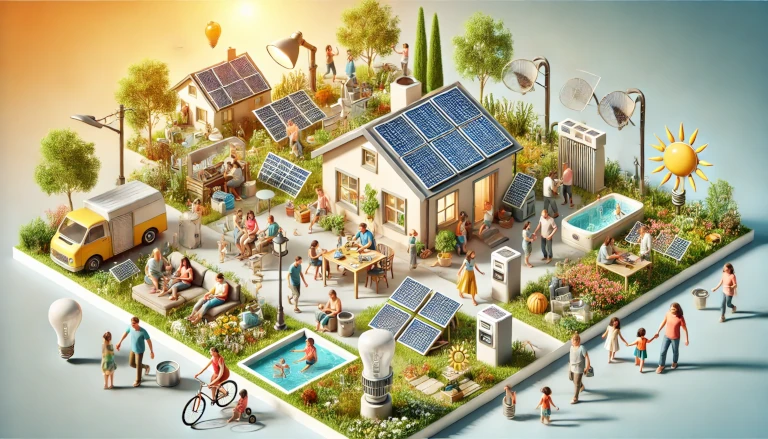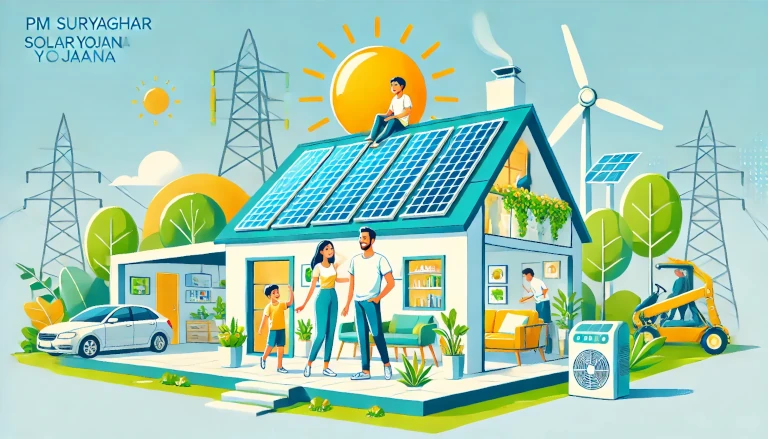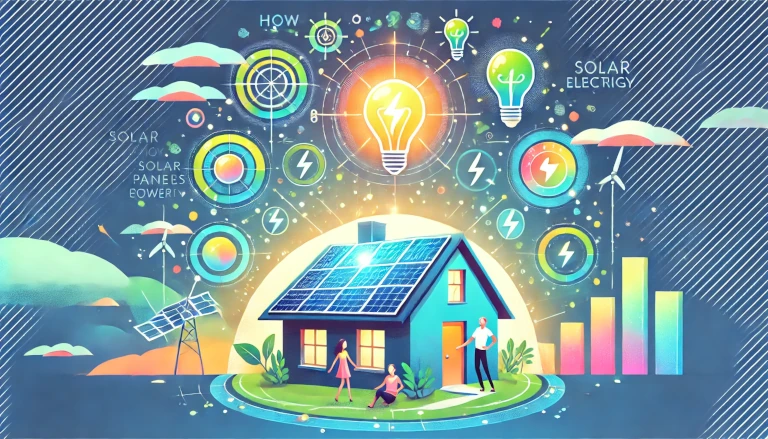As concerns about climate change grow, the world is seeking cleaner, renewable energy sources. Solar energy stands out as a prime candidate to lead us into a sustainable future. But when will we realistically reach a point where 100% of our energy needs are met by the sun? Let’s explore the journey toward this ambitious goal, the steps we need to take, and the challenges we’ll face.
What is Solar Energy?
Solar energy is power derived from the sun’s rays. Through technologies like photovoltaic (PV) solar panels, we can convert sunlight into electricity. Solar energy is clean, abundant, and renewable, offering a promising alternative to fossil fuels. As the cost of solar technology drops and efficiency improves, more countries are investing in this green energy source. But how feasible is it for the entire world to run purely on solar power?
How Far Are We Today?
Currently, solar energy supplies about 3% of the world’s electricity. Although this may seem small, it represents massive growth compared to previous decades. Countries like China, the United States, and Germany have heavily invested in solar infrastructure, with solar farms and rooftop systems becoming more common. As of now, China leads the world with over 300 gigawatts of solar capacity, followed by the United States and Japan.
What Will It Take to Achieve 100% Solar Energy?
To reach a world powered entirely by solar energy, we need advancements in several areas. Here’s a breakdown of the main steps involved:
- Improving Solar Panel Efficiency
- Current Efficiency Levels: Most solar panels convert about 20% of the sunlight they receive into electricity. To reach 100% solar dependency, we need to develop more efficient panels that can capture more energy per square foot.
- Next-Generation Technologies: Researchers are exploring perovskite solar cells and multi-junction solar cells, which could push efficiency rates beyond 30%. With higher efficiency, fewer panels would be needed, making solar power more accessible even in areas with limited space.
- Developing Better Energy Storage
- Solar energy is dependent on sunlight, meaning it’s only available during the day. For a stable, 100% solar-powered grid, we need efficient ways to store energy for use at night or during cloudy days.
- Battery Technology: Lithium-ion batteries are commonly used today, but they’re expensive and have limitations in storage capacity. Emerging technologies like solid-state batteries and flow batteries offer the potential for safer, more durable, and cost-effective storage solutions.
- Scaling Up Solar Infrastructure
- For a solar-powered world, we need to expand solar installations, including large-scale solar farms and smaller rooftop systems. According to estimates, we would need to cover about 1% of the Earth’s land surface with solar panels to meet global energy needs.
- Case Study: The Sahara Solar Project: Some proposals suggest converting large desert areas like the Sahara into solar farms. With its vast, sunny expanse, the Sahara alone could theoretically generate enough electricity to power the entire world.
- Creating Supportive Policies and Incentives
- Governments play a crucial role in promoting solar energy adoption. Policies like tax credits, rebates, and net metering can encourage individuals and businesses to switch to solar power.
- Example: In California, all new homes are now required to have solar panels. Such mandates, along with financial incentives, can drive rapid growth in solar adoption.
- Public Awareness and Cultural Shift
- Moving to 100% solar energy requires a shift in public attitude and behavior. Education campaigns can highlight the benefits of solar energy, addressing misconceptions and encouraging more people to consider solar as a viable option.
Examples of Solar-Driven Communities
Several places are already moving towards full solar energy adoption. Tuvalu, a small island nation in the Pacific, aims to run entirely on renewable energy by 2025, with solar as a key component. Similarly, Australia is a world leader in rooftop solar installations, with over 30% of homes equipped with solar panels.
Overcoming the Challenges to 100% Solar Energy
While solar energy is promising, there are challenges to overcome:
- Environmental Impact of Solar Panel Production
- The manufacturing process of solar panels involves rare minerals and energy-intensive methods. Recycling old panels and finding sustainable manufacturing practices are essential for minimizing environmental impact.
- Intermittency and Grid Reliability
- Solar energy is intermittent, meaning it fluctuates based on weather and time of day. Hybrid systems that combine solar with other renewables like wind or hydropower can help balance energy supply.
- Initial Costs and Access
- While the cost of solar panels has dropped, the initial investment can still be high. Expanding financing options and subsidies will be critical to making solar accessible to everyone.
The Future of a Solar-Powered World
The journey to a 100% solar-powered world is a marathon, not a sprint. Most experts predict that with rapid advancements, we could rely primarily on solar energy by 2050. However, this timeline depends on sustained investment, technological breakthroughs, and global cooperation. A solar-powered world promises a cleaner, greener future where we can reduce greenhouse gas emissions and protect our planet for future generations.
As we look ahead, solar energy is not just a solution; it’s a commitment to a sustainable future. By embracing solar power, we’re investing in a brighter tomorrow where our energy comes from the limitless, renewable power of the sun.
Discover more from Green Ecosystem - Renewable Energy, Agriculture, and Environmental Sustainability
Subscribe to get the latest posts sent to your email.


